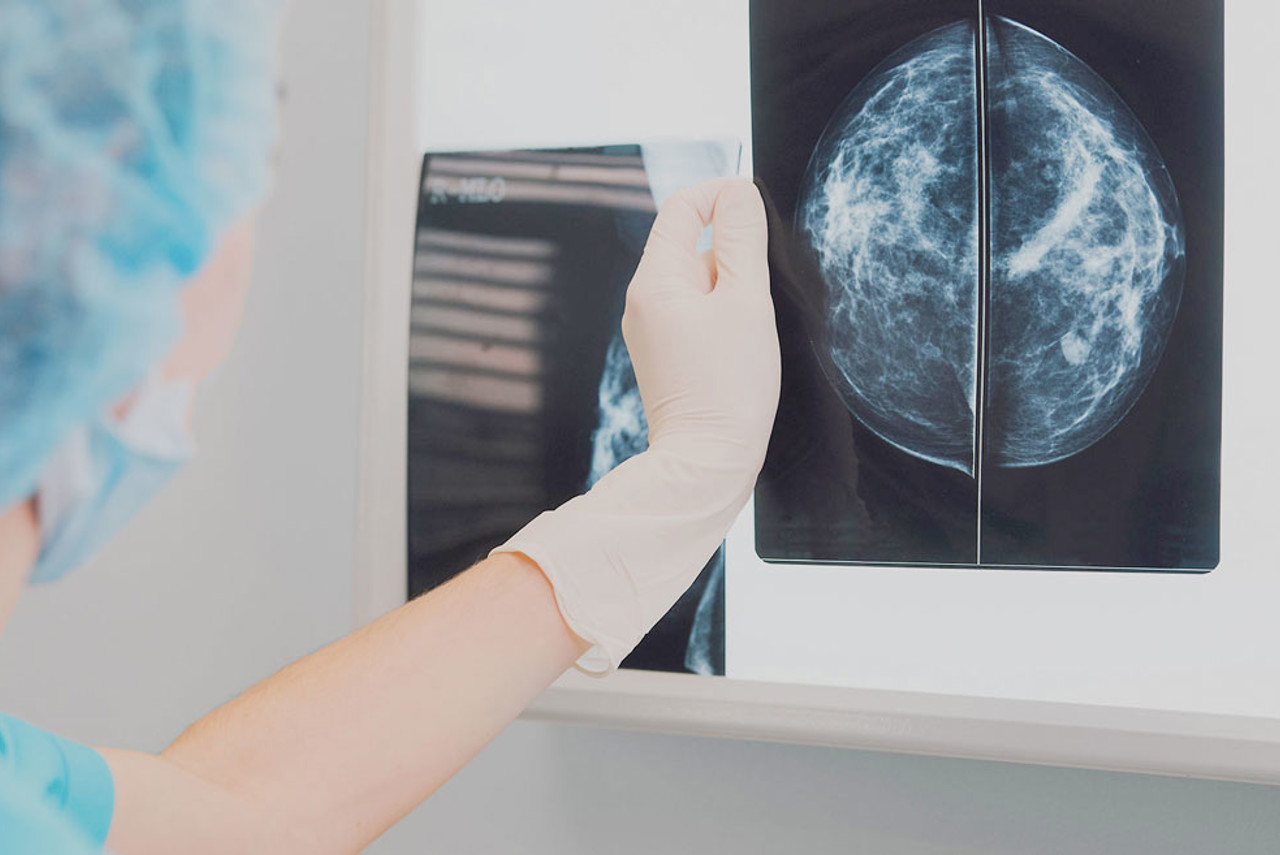Fine Needle Aspiration of the Breast FAQs
-
- We ask that you refrain from using deodorant, antiperspirant, talcum powder, perfume or lotions, as this can interfere with the quality of the images.
- You may need to provide us with your previous mammograms and breast ultrasound images. If you had these exams with us, we will already have your images stored.
- Because the procedure may cause some localised bleeding, it is important that you let us know if you have a bleeding disorder or are taking any medication to thin the blood e.g. warfarin.
-
Your technician will explain exactly what will happen during your procedure. It may vary slightly from what we describe below, so don’t worry if this is the case, you’ll always be in very good hands.
At the start of your appointment, the area of concern in your breast is identified using an ultrasound.
Once the area is located, the skin is cleaned with antiseptic. A local anaesthetic will be administered to help numb the area and minimise any pain. Discomfort is usually minimal.
Fine needle aspiration biopsy is a minimally invasive procedure. A specifically designed fine needle is inserted into the breast and a small sample is removed.
The procedure may cause minor discomfort when obtaining the sample but is not usually painful because of the local anaesthetic.
After the sample has been taken, the biopsy area will be pressed on firmly for a few minutes to reduce bruising and bleeding, and then covered with a dressing.
-
A fine needle aspiration typically takes between 30 minutes and one hour to complete.
-
The area that has been biopsied may feel a little tender for several days. Bruising is very common and usually resolves in one to two weeks.
The dressing applied during the procedure is waterproof and should be kept on for two days. You can shower with it, but strenuous activities and heavy lifting should be avoided for 48 hours to allow the area to heal.
The sample is immediately sent to a pathologist after the procedure. The pathologist will then examine the sample and determine whether there is normal or abnormal tissue. The pathologist is generally able to issue a report on the sample within 48 hours.
A copy of the report is sent to Queensland X-Ray and to your doctor.
-
Fine needle aspiration is a very safe procedure but like all medical procedures, breast biopsies do carry some risks.
We generally like to monitor patients for 15-20 minutes immediately following the biopsy while the report is being organised. If, during this time you notice further bleeding, further pressure and intervention will be organised.
In rare cases, the bleeding may cause a lump called a hematoma, which may take up to six weeks to resolve. There is no permanent damage to the breast after this occurrence.
There is a very small chance of infection, which is minimised by performing the procedure under sterile conditions.
Very rarely, if the biopsy involves tissue deep in the breast, there is a slight chance of the needle passing through the chest wall, which could lead to air around the lung. This rare complication is called a pneumothorax.
-
Our skilled team use advanced imaging technology to guide the biopsy and ensure accurate, high-quality results.
How much will it cost?
Fees for radiology procedures will vary depending on a variety of factors. We will advise you about the cost of your service at the time of booking but if you do have any questions, contact us and one of our team will be happy to help with your query. You can read more about our billing information here.
How do I access my images?
At Queensland X-Ray, we provide our patients with their images and results online. To access your images and results, you’ll need to register for an account when you visit one of our practices. If you’ve already registered, you can access the Patient Portal here.

